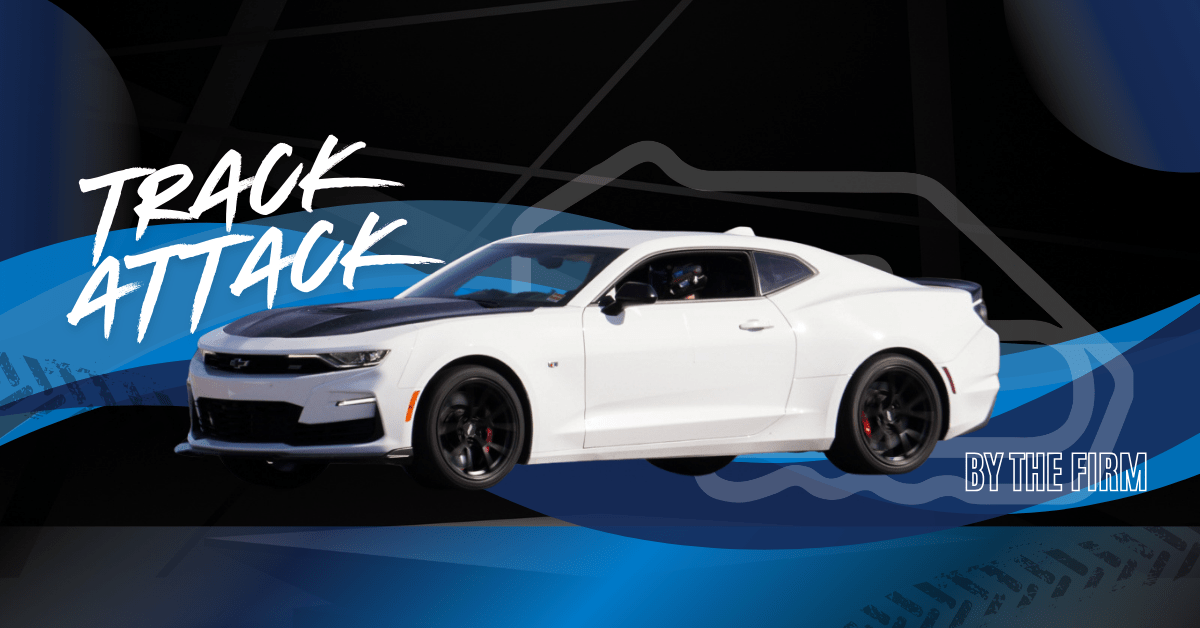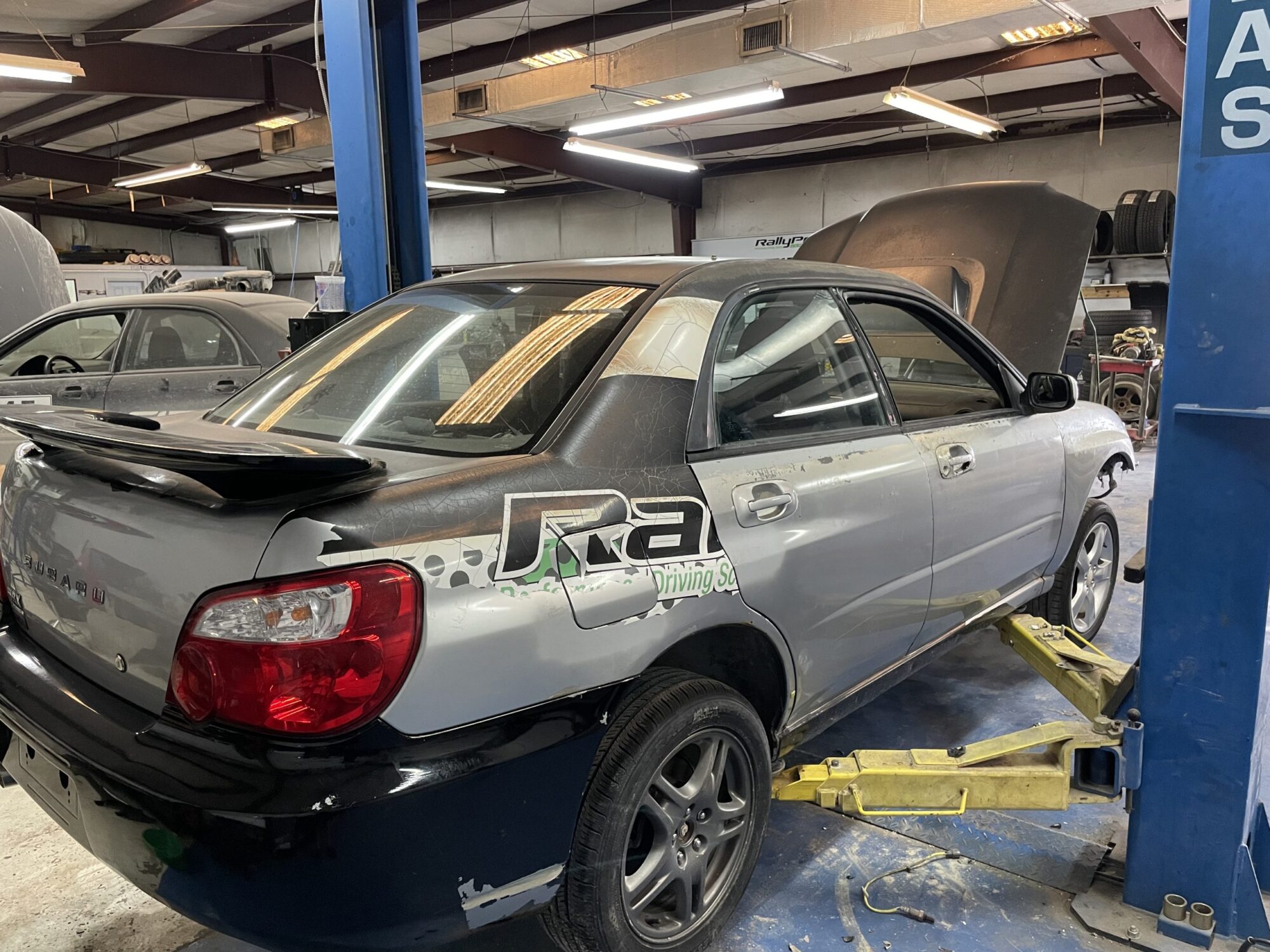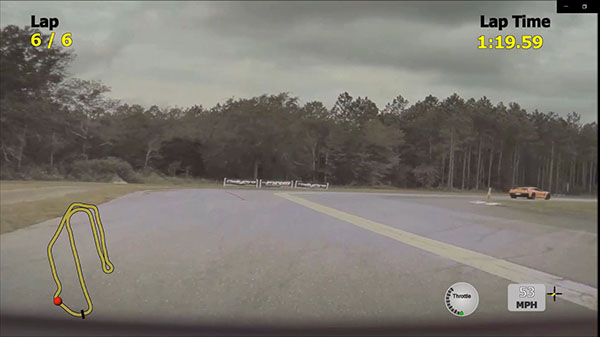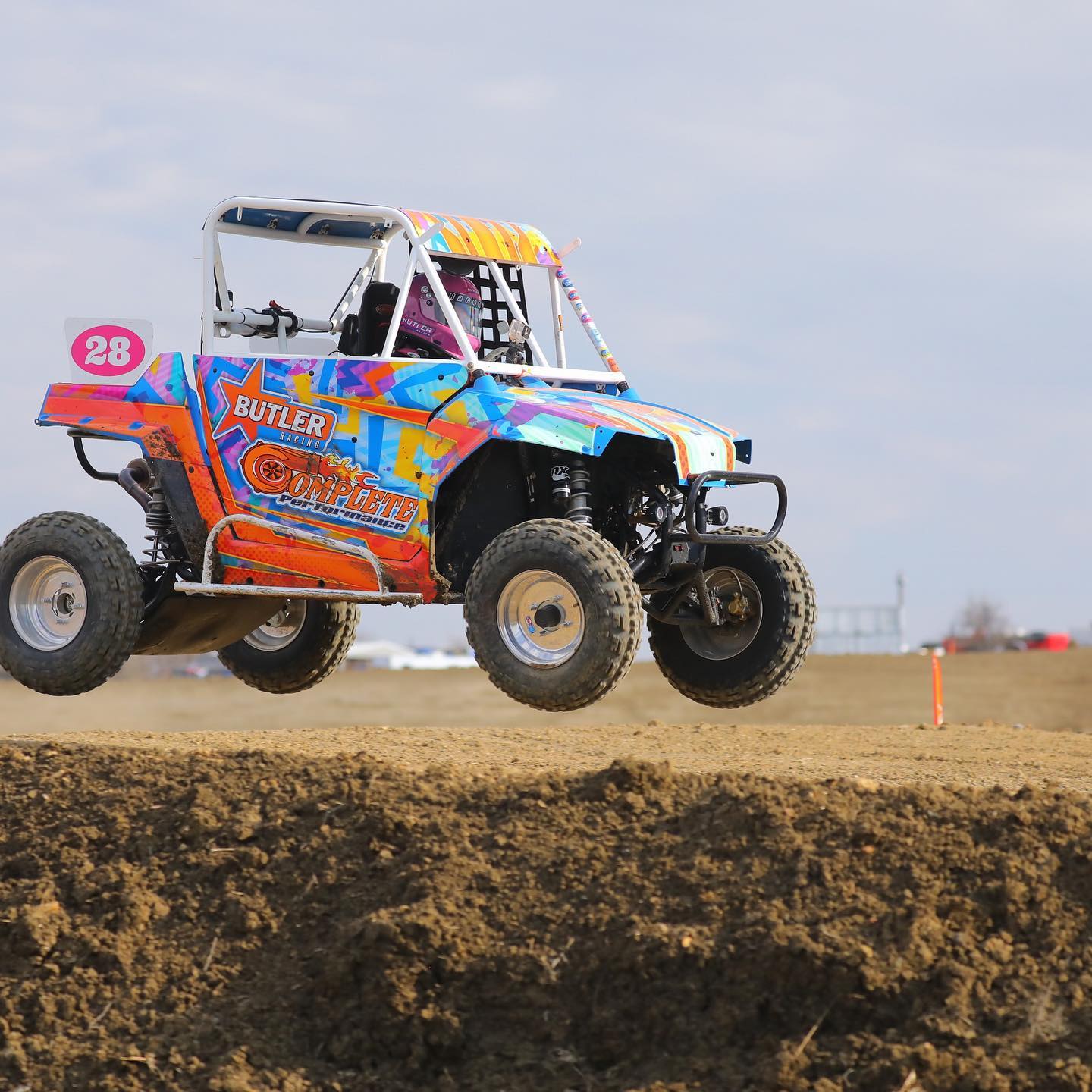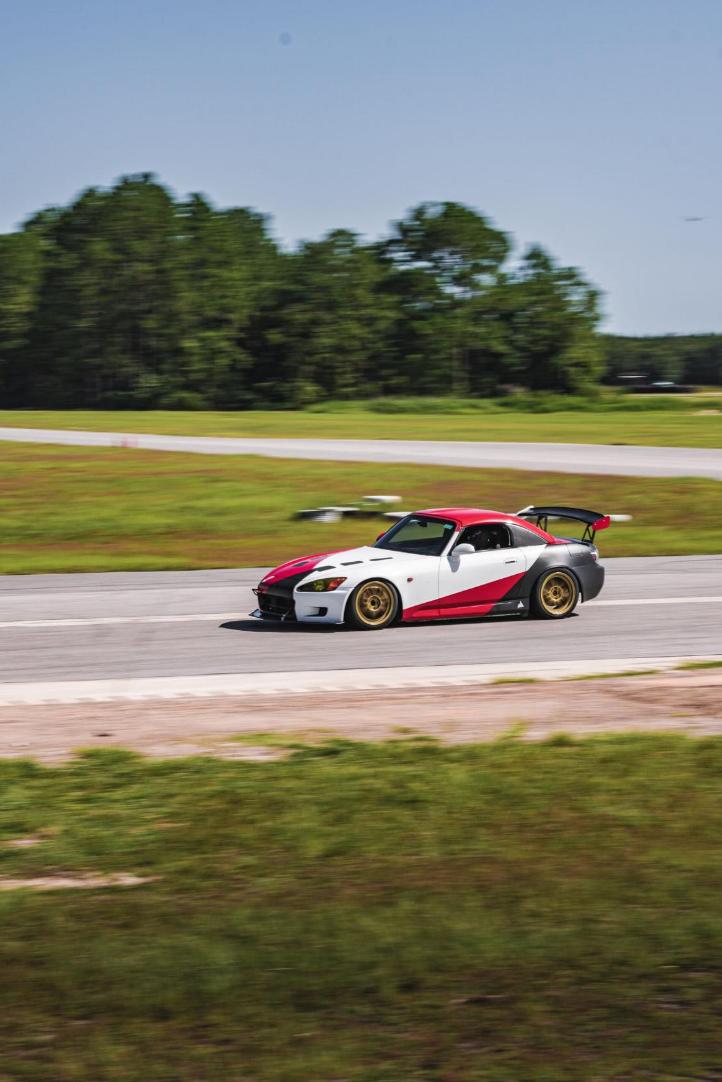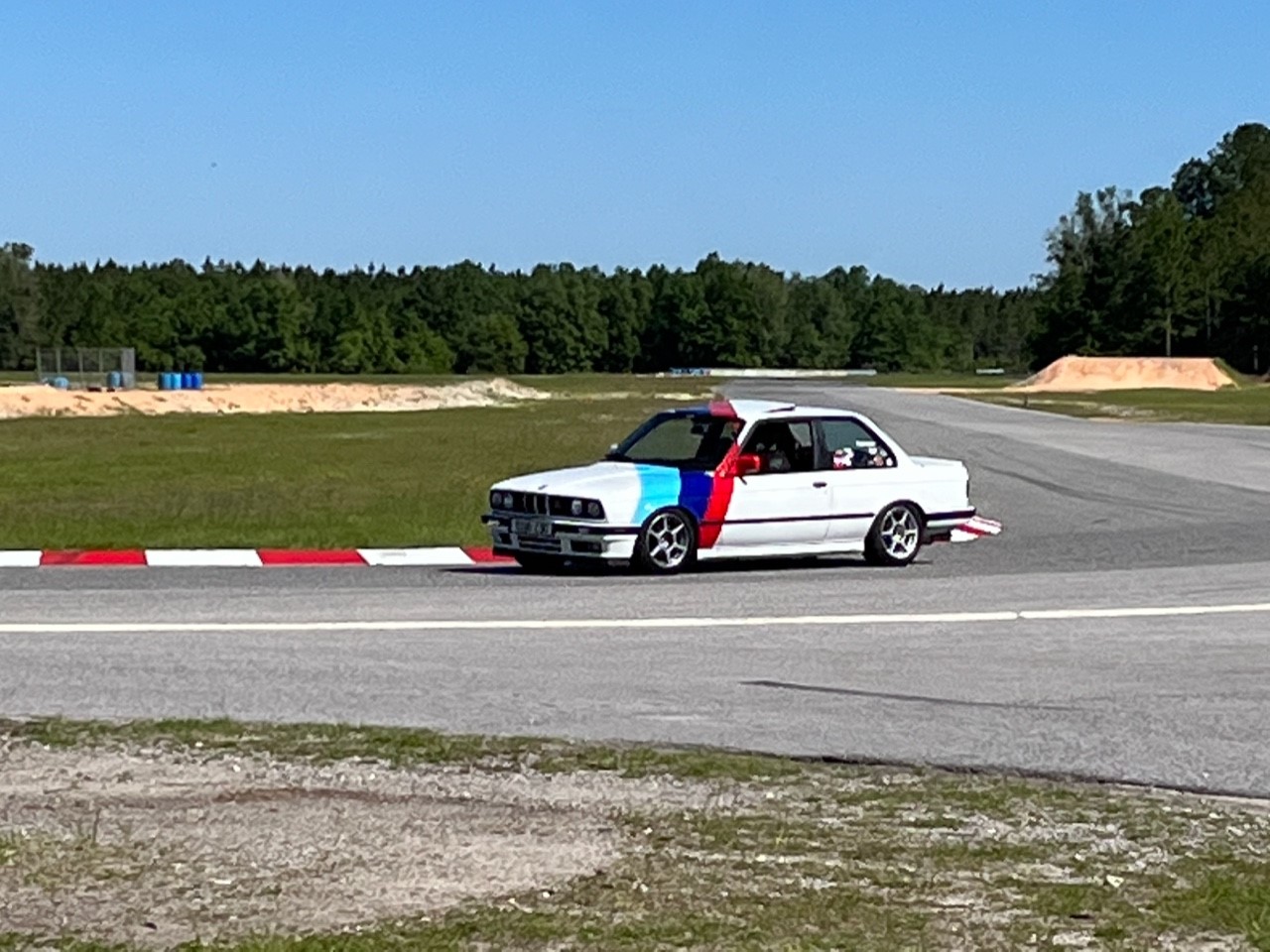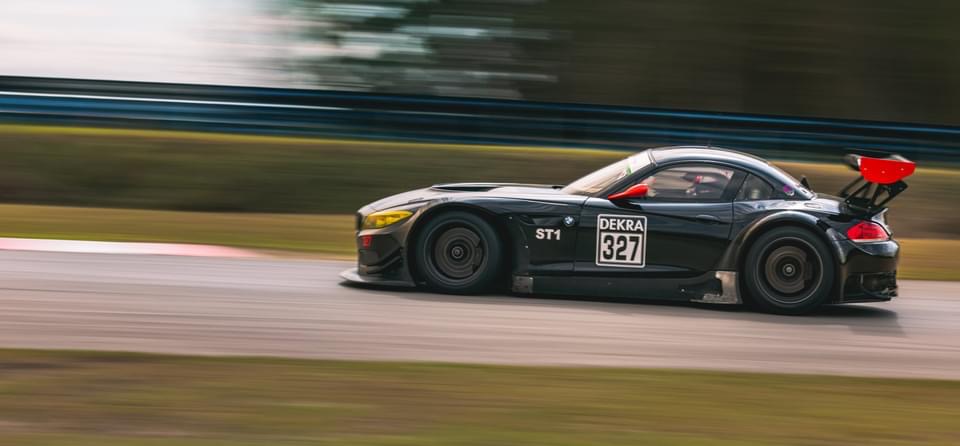Get prepared for your first Open Track Day. What to prep, what to bring, what to expect.
Part 1 in a 2 part series
You have the sweetest sports car. You joined all the forums. You’re in the Facebook groups. You’ve hung out at the shows and at the meets. As you saddle up for your Sunday drive on your favorite twisty back-road, you don your perforated leather driving gloves, your manufacturer-emblazoned Puma driving shoes, your shades, and it’s on. You are God’s gift to driving. That fervently-blinking Stability Control warning light in the dash certainly thinks so, at least.
What if there were a place that you could exercise your car the way it was meant to be driven, without inhibition or restriction? A place with no speed limits, no traffic, plenty of open pavement, and lots of like-minded car enthusiasts to share the fun with? Open Track Days and High Performance Driver’s Education events offer just this experience, and the Florida International Rally and Motorsport’s 1.6 mile track is a great venue for experienced drivers and first-timers alike.
If you’re reading this, you likely already possess the driving skill and finely-tuned race car comparable to any professional racing team’s. But just in case you’d like to brush up on some tips for preparing yourself and your car, both physically and mentally, to get ready for a track day we’ve summarized the most important ones.
Ready For A Track Day
Check your ego at the door. Everyone goes to the track to have fun. It’s not a race, there is no competition, no prize, no trophy, nor payout. Your prize is going home with a huge grin at the end of the day with your car in just as good of shape as you arrived, and as a more skilled driver. The only way you’ll impress your instructors and your fellow drivers is with an open-minded attitude, good listening skills, and patience.
Do your homework. Reading this article is a great starting point. I’d recommend finding on-track videos posted by an experienced instructor, such as The FIRM’s John Van Buskirk. Take a look at a track map- you’ll need to know the names/numbers of the turns, as well as where each corner worker station is located. The corner workers might seem like they’re just some chumps hanging out in a little shed, but they are your first line of defense against on-track incidents. They’re your lifeline, so pay attention!
Be informed on insurance. In all likelihood, your normal insurance that covers you and your car on public roads will NOT cover any sort of incident on a “racing surface,” even if you aren’t doing any sort of racing. There are special insurance policies available from The FIRM’s insurance partner, Hagerty, which do cover track days. I’d recommend reading about them and purchasing one, especially if you rely on your track car for transportation as well.
Prep your car. This is a whole topic in itself, but these are the very basics. Best practice is to not only check these items yourself, but to have a certified mechanic perform an inspection as well. Make sure your tires have a good amount of tread remaining above the wear bars, with none of the belts or cords showing, and no leaks of any kind. Tire age matters, so check the 4-digit code for when they were made (1516 would be the fifteenth week of 2016, for example). Even a new tire can be dangerous if it was stored, handled, or fitted improperly. The track staff will help identify any potential issues at the tech inspection, but set yourself up for success by having a set of fresh tires mounted, sized in accordance with manufacturer’s recommendations. Consult with your instructor regarding tire pressures.
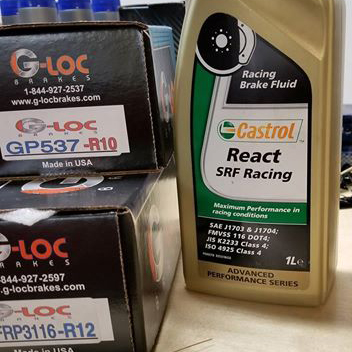
On-track driving is very demanding on your car’s braking system. While cars from many brands will be perfectly capable of driving on track in completely stock form, brake pads and brake fluid are the two consumable parts that you absolutely should upgrade before going on track. Factory brakes are meant to be quiet, clean, and long-lasting, but will quickly deteriorate with track temperatures. If you feel your brake pedal beginning to get soft, that’s called “brake fade” and it’s the last warning you’ll get before the heat in the braking system makes your brakes completely ineffective! Avoid disaster by installing track-capable pads and fluid, as well as knowing when to relax your pace on track to allow your brakes to cool.
The FIRM can be particularly hard on brakes due to several acceleration sections with hard braking zones in between. Brake fluid requirements vary by car, but a majority of cars benefit from flushing with a high-performance DOT4 fluid such as ATE TYP 200, Motul RBF 600, RBF 660, or Castrol SRF. Regarding pads, consult with experienced drivers who have driven the same model car you have on track.
Check for leaks. If your car is leaking oil, coolant, fuel, power steering fluid, brake fluid, windshield washer cleaning fluid, blinker fluid, elbow grease, or any other liquid of any kind, you must get it fixed before coming out to the track! Dropping fluids on track is dangerous not only to your car, but to the other drivers on track as well.
Last but not least, come with a full tank of gas and install your tow hook or hooks. Hopefully you won’t need them, but even a factory tow hook is a lot better than nothing should your car need a tow.
Safety First. Requirements for clothing and equipment vary by track and by club, but most require, at the very least, long sleeves and long pants made of natural fibers such as cotton, as well as closed-toed shoes. Stay away from synthetic fibers (like sweat-wicking workout clothes) that may melt in the event of a vehicle fire. Helmets are mandatory and are available to rent from The FIRM, however if you’d like to purchase your own, you’ll need a Special Applications “SA” Snell-approved helmet. It will need to be from either the current standard or the one before; for example in 2019 the most recent standard is Snell SA 2015, but an SA 2010 would also be acceptable. Head and neck restraints such as the HANS device are quickly becoming mandatory, and I highly, highly recommend using a helmet that provides anchors for such a device. While most head and neck restraints require fixed 5- or 6-point harnesses, the Simpson Hybrid S can be used with factory 3-point seat belts.
Speaking of seat belts, don’t feel like you have to install harnesses for your first track day. While I do encourage everyone to research the benefits of rollover protection, FIA-approved seats, and 6-point fixed harnesses, your car’s factory safety equipment meets the requirements to get on track. I don’t recommend using a 4-point harness while on track. If you do choose to upgrade your seats and/or belts, it’s okay at The FIRM to change the driver’s equipment only, but many organizations require equal levels of protection for both the driver and passenger.
Take care of yourself. To stay in mental and physical shape, you’ll need to drink lots of water. Performance driving is much more demanding on the body than most people realize. Bring a cooler with at least two gallons of water per person during the summer. Bring an umbrella or a pop-up tent with anchors (it can get windy), and some sunscreen as well. Get a good night’s sleep beforehand.
Do your paperwork. Make sure you read all the event details and schedule posted on Motorsport Registration, and get signed up for the event early before it sells out!
Follow these tips and you’ll be well-prepared for your day of fun at The FIRM!
Stay tuned for Part 2! Email us with any questions


